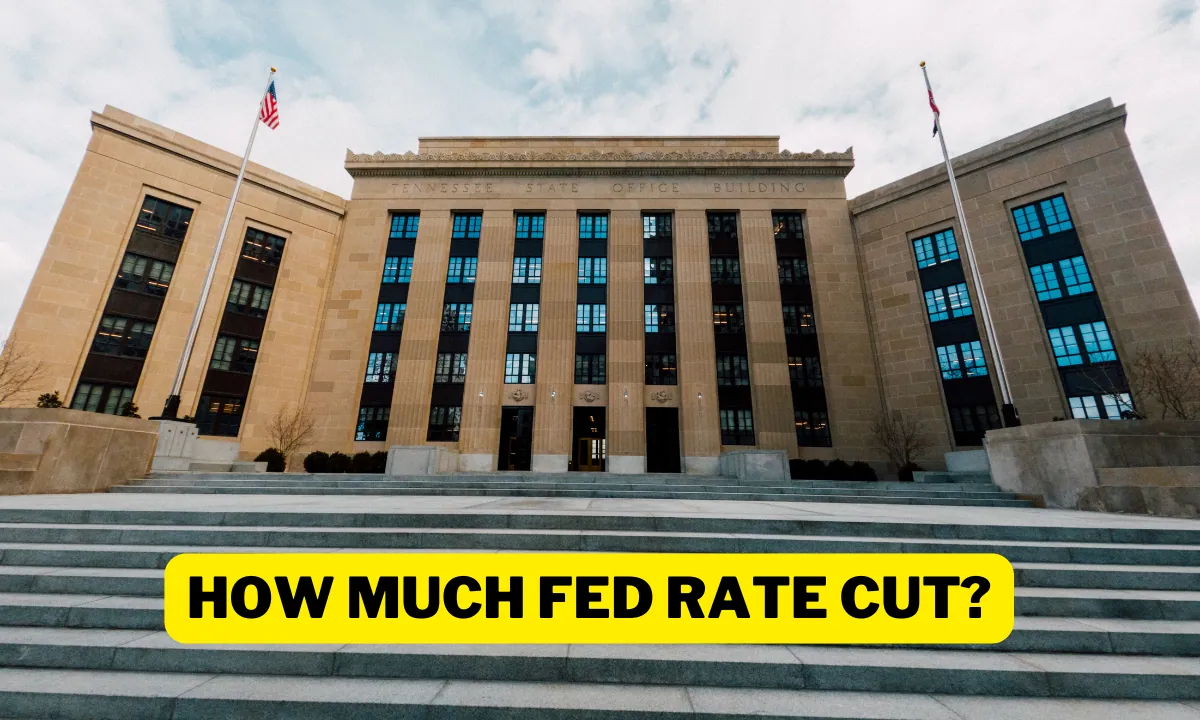In a significant policy shift, the Federal Reserve reduced its benchmark interest rate by 50 basis points, bringing it to a new range of 4.75% to 5.0%.
This marks the Fed’s first rate cut since 2020 and signals the conclusion of its aggressive stance against inflation, which had been its most intense campaign since the 1980s.
A New Chapter in Monetary Policy
The decision, announced after the Fed’s two-day policy meeting, comes after rates were held at a 23-year high since July 2023.
The move was not without internal debate, with Fed governor Michelle Bowman dissenting, advocating for a smaller cut of 25 basis points instead of the more substantial 50 basis points.
Despite the division, Fed Chair Jerome Powell assured that the decision had “broad support” from most policymakers, emphasizing that the rate cut is a reflection of the central bank’s commitment to maintaining economic stability.
Powell noted that while some members had previously expressed concerns about acting too late, this adjustment was considered timely given current economic conditions.
Outlook for Future Rate Cuts
Looking ahead, the Fed has charted a path for two more rate cuts in 2024, followed by four additional reductions in 2025.
According to the Fed’s projections, a broader consensus emerged during the meeting regarding future monetary policy adjustments. Of the officials present:
- Nine saw four rate cuts by the end of 2024,
- Seven anticipated three cuts,
- Two projected two cuts,
- One predicted five cuts this year.
This outlook marks a notable shift in strategy, highlighting the Fed’s focus on gradually easing monetary policy while continuing to monitor inflation trends and economic performance.
Impact on the Job Market and Inflation
One of the primary drivers behind the Fed’s decision to cut rates is the cooling labor market. Employment growth has decelerated, and job creation has slowed throughout the summer.
In June, 118,000 jobs were added to the economy, followed by 89,000 in July and 142,000 in August—well below the 12-month average of 202,000.
Powell acknowledged this slowdown but emphasized that the labor market remains “in solid condition.”
While the Fed is monitoring employment closely, Powell believes there is no immediate cause for concern, stating, “We want to keep the labor market in a stable and healthy position.”
On the inflation front, recent data has shown signs of progress. Five consecutive Consumer Price Index (CPI) reports have pointed to a cooling of inflation, which has given the Fed more confidence in its decision to ease policy.
Powell noted that the Fed’s patience in waiting for more definitive signs of inflation slowing “has paid dividends,” allowing policymakers to move forward with rate cuts from a position of greater clarity.
What the Interest Rate Cut Means for the Economy
The Fed’s rate cut signals a notable pivot from its earlier stance of aggressive rate hikes aimed at taming inflation.
By reducing rates, the Fed hopes to encourage borrowing, investment, and spending, which could help sustain economic growth as inflationary pressures continue to ease.
While some central banks began easing policy earlier than the Fed, Powell pushed back on the notion that the Fed is playing catch-up, explaining, “We don’t think we are behind.
We believe this cut is timely and signals our commitment to staying ahead of potential economic challenges.”
Economic Resilience Amid Concerns of Recession
Despite fears of a potential recession, Powell expressed optimism regarding the broader economic outlook.
He downplayed concerns of an impending downturn, stating, “I don’t see anything in the economy right now that suggests the likelihood of a recession is elevated.”
This sentiment reflects a measured confidence in the economy’s resilience, even as it faces challenges such as slower job growth and inflationary concerns.
The Road Ahead: Preparing for More Cuts
With the Fed now on a path toward further rate cuts, attention will shift to how these moves affect different sectors of the economy.
Powell reaffirmed the central bank’s commitment to closely monitoring inflation and the job market to ensure that the economy remains on stable footing.
The consensus among economists is that the Fed’s decision to cut rates is a cautious but necessary step to stimulate growth as inflation continues to moderate.
The potential for additional cuts in 2024 and 2025 indicates that the Fed is prepared to provide more support if needed, but much will depend on how inflation, employment, and economic activity evolve in the coming months.
Conclusion
The Federal Reserve’s decision to cut interest rates by half a percentage point is a pivotal moment in U.S. monetary policy.
As the first rate reduction since 2020, this marks the beginning of a shift toward more accommodative financial conditions.
With additional cuts expected soon, the Fed remains focused on balancing economic growth with inflation control.
For businesses, consumers, and investors, the implications of these rate cuts will be closely watched.
The Fed’s actions could create more favorable conditions for borrowing and spending, while also ensuring that inflation remains under control.
As Powell emphasized in his post-meeting press conference, “We are committed to supporting the U.S. economy through this period of transition, and we believe this rate cut is the right move at the right time.”
